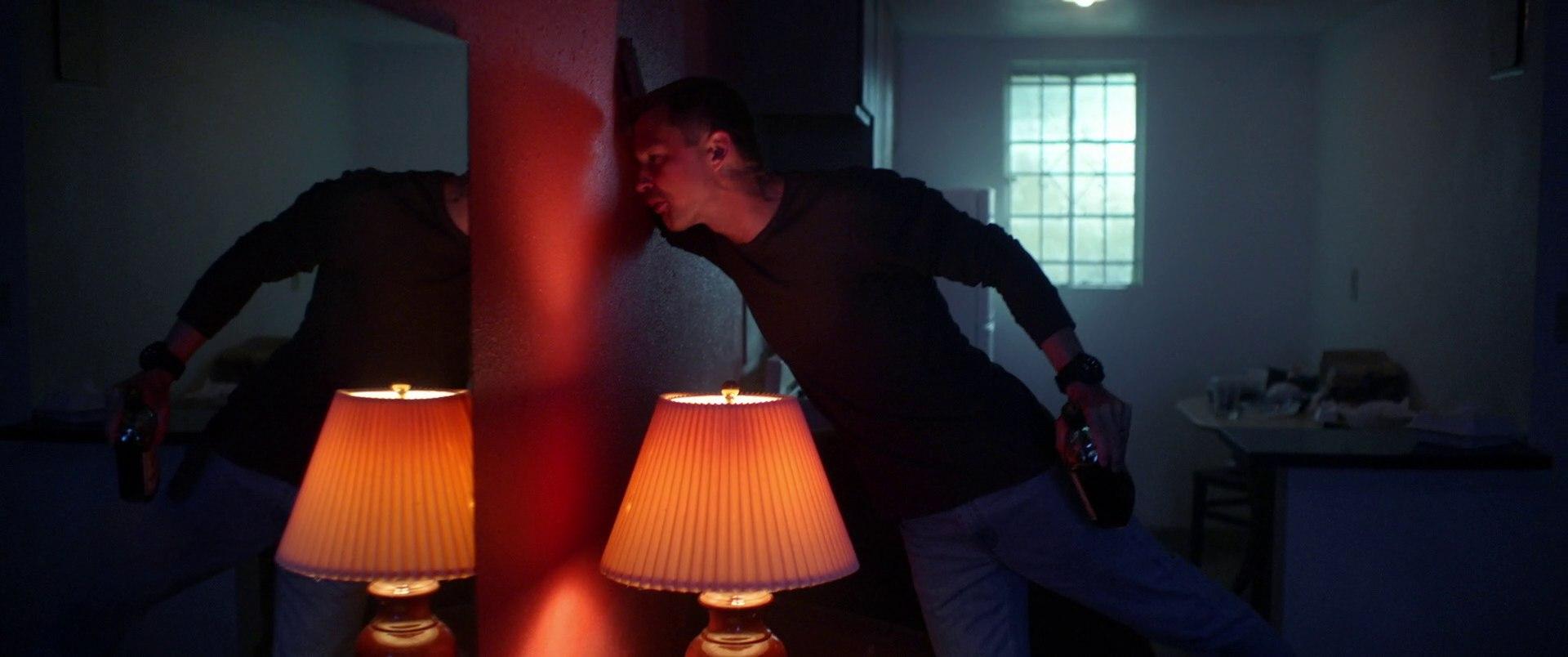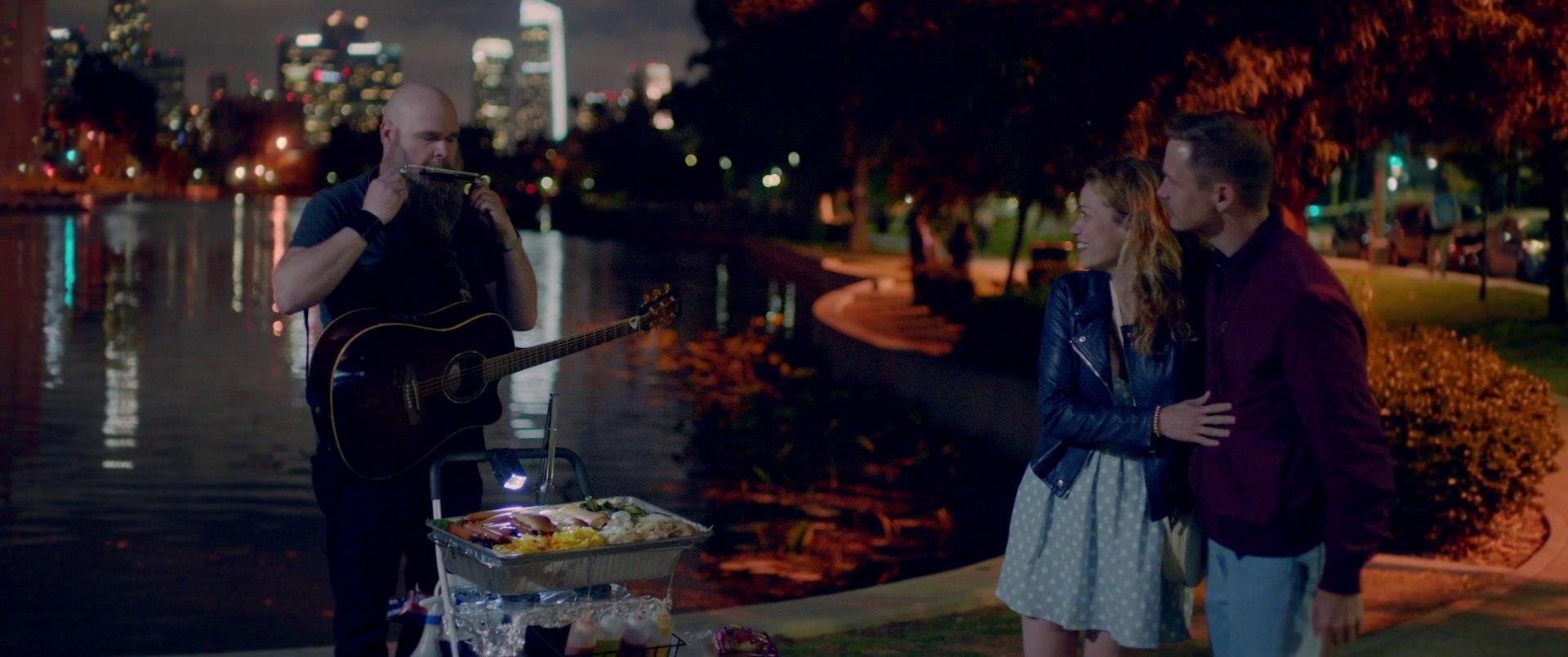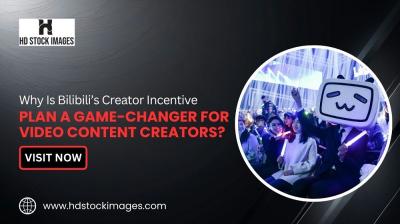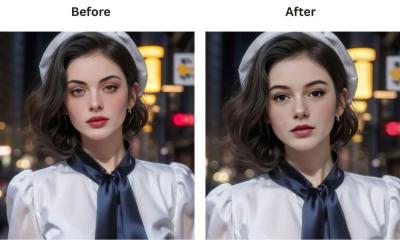In today’s visually driven world, sharing images online has become a common practice. However, with this convenience comes the essential need for proper attribution—especially in communities like Blindfire. So, what exactly is Blindfire, and why does photo credit matter? Let’s break it down.
Blindfire is an emerging platform where photographers and artists can showcase their work, engage with an audience, and connect with other creatives. As users browse through stunning visuals, it’s crucial to respect the hard work of the creators behind each image. This is where photo credits come into play. They are the way we acknowledge the artist’s effort, skill, and originality. Without explicit mention of the creator, appreciation for their work can diminish, leading to a cycle of uncredited images online. The act of giving credit is not only about legality; it's also about fostering a culture of respect and collaboration within the creative community.
The Significance of Proper Photo Attribution

Have you ever stumbled across an incredible photo but had no idea who the talented photographer was? It’s a common scenario in the digital age, but it highlights a critical issue: the importance of proper photo attribution. Why should we care? Let’s explore the significance of acknowledging photo credits.
- Respect for Creators: Attributing photos gives due credit to the artists who put their time and energy into creating those images. Recognizing their effort helps encourage more high-quality content and builds a respectful community.
- Avoiding Legal Issues: Failing to provide proper credit can lead to copyright infringement. Many photographers hold rights to their images, and using them without permission can result in legal repercussions.
- Building Trust: Platforms like Blindfire thrive on trust between creators and their audience. Proper attribution fosters that trust, allowing users to feel confident in sharing and enjoying each other's work.
- Encouraging Collaboration: When credits are given, it opens the door for interactions and collaborations between artists. An environment where creators are recognized is likely to inspire partnerships.
In a nutshell, proper photo attribution is more than just a nice gesture; it's an ethical necessity that benefits everyone involved in the creative process.
Also Read This: How to Upload Music to Getty Images Getting Your Music onto the Platform
Understanding iStock and Getty Images

When we talk about stock images, two names often come to mind: iStock and Getty Images. But what exactly are these platforms, and why should you care? Let’s dive into it!
iStock and Getty Images are both owned by Getty Images, which is one of the largest suppliers of stock imagery in the world. They offer a wide variety of photos, illustrations, videos, and even music files suitable for various projects—be it marketing, publishing, or personal use. Here’s a quick breakdown:
- iStock: This platform caters more to individuals and small businesses. It offers a more budget-friendly selection of images through a subscription model or credit packs. Perfect for those who need quality visuals without breaking the bank!
- Getty Images: This site targets larger corporations and media outlets. The quality and exclusivity of images here are top-notch, but the price tag can be significantly higher. If you’re looking for something truly unique, Getty might have just what you need!
In both cases, the images provided come with licensing agreements. This means you should carefully review the terms associated with any image you choose. Understanding the difference in licenses can save you headaches later, especially regarding legal repercussions.
Both platforms emphasize the importance of giving credit where credit’s due, which leads us to our next segment—properly attributing photos from stock image websites!
Also Read This: Is Selling Photos on iStock Worth It
How to Properly Attribute Photos from Stock Image Websites

Attributing photos correctly is crucial when using images from stock websites like iStock and Getty Images. This practice not only gives credit to the creators, but it also ensures you stay on the right side of copyright laws. So, what does proper attribution look like?
Here are some key steps and tips to follow:
- Check License Agreements: Before using an image, review the specific licensing terms for that image. Each platform may have different requirements for attribution.
- Include the Photographer's Name: Always credit the photographer or artist behind the image. It’s as simple as mentioning their name alongside the image.
- Link to the Source: If applicable, provide a hyperlink to the specific image page on the respective stock website. This not only attributes the creator but also allows others to find and use the image legally.
- Provide Context: If you’re using the photo in a blog post or article, it’s a good idea to mention why you chose that particular image. This adds a layer of authenticity and respect to the creator.
Here’s an example of what proper attribution might look like:
Photo by John Doe on iStock – link to the image
Remember, following these guidelines not only supports the hard work of photographers but also builds your reputation as a responsible and ethical content creator. Happy attributing!
Also Read This: How to Remove Watermarks from Getty Images Using Reddit Insights
Common Mistakes in Photo Credit Attribution
When it comes to photo credit attribution, even the most seasoned content creators can slip up. Here are some of the *common mistakes people make:
- Failing to Credit at All: This is a big no-no! Even if you think the image is “free to use,” forgetting to give credit can lead to copyright infringement.
- Incomplete Credits: Simply mentioning the photographer’s name without further context can be misleading. Always include the source or link back to where you found the image.
- Incorrect Attribution: Double-check the information before posting! Misnaming a photographer or using an image out of context can lead to severe repercussions.
- Using Watermarked Images: Watermarked images are typically protected by copyright. Using them without permission—even with a credit—can be problematic.
- Not Understanding Licenses: Different images have different licenses, which specify how they can be used. Ignoring these details can land you in legal trouble.
It’s crucial to be meticulous about how you attribute photo credits. Not only does it uphold the rights of the original creators, but it also reinforces your credibility as a content creator who respects intellectual property.
Conclusion: The Importance of Respecting Copyright and Intellectual Property
As we wrap up our discussion on blindfire photo credits and their attribution, let’s take a moment to reflect on why respecting copyright and intellectual property is so vital.
Firstly, copyright laws exist to protect creativity. When you use images without proper attribution, you undermine the efforts of photographers and creators who spend time and resources capturing their work.
Secondly, respecting intellectual property builds a culture of trust and integrity*. It shows that you value the original creator's talent, which can foster relationships in the creative community.
Lastly, being diligent about proper attribution helps you avoid legal problems. The realm of copyright can be murky, but when you approach it with respect, you minimize your risks. In short, always remember:
| Do | Don't |
|---|---|
| Always give proper credit | Forget to verify license details |
| Link back to the original source | Use watermarked images |
| Read and understand image licenses | Assume all images are free to use |
Taking the time to credit authors not only reflects your professionalism but also contributes to a more respectful and thriving creative environment. So go ahead, give kudos to those creators!
 admin
admin








